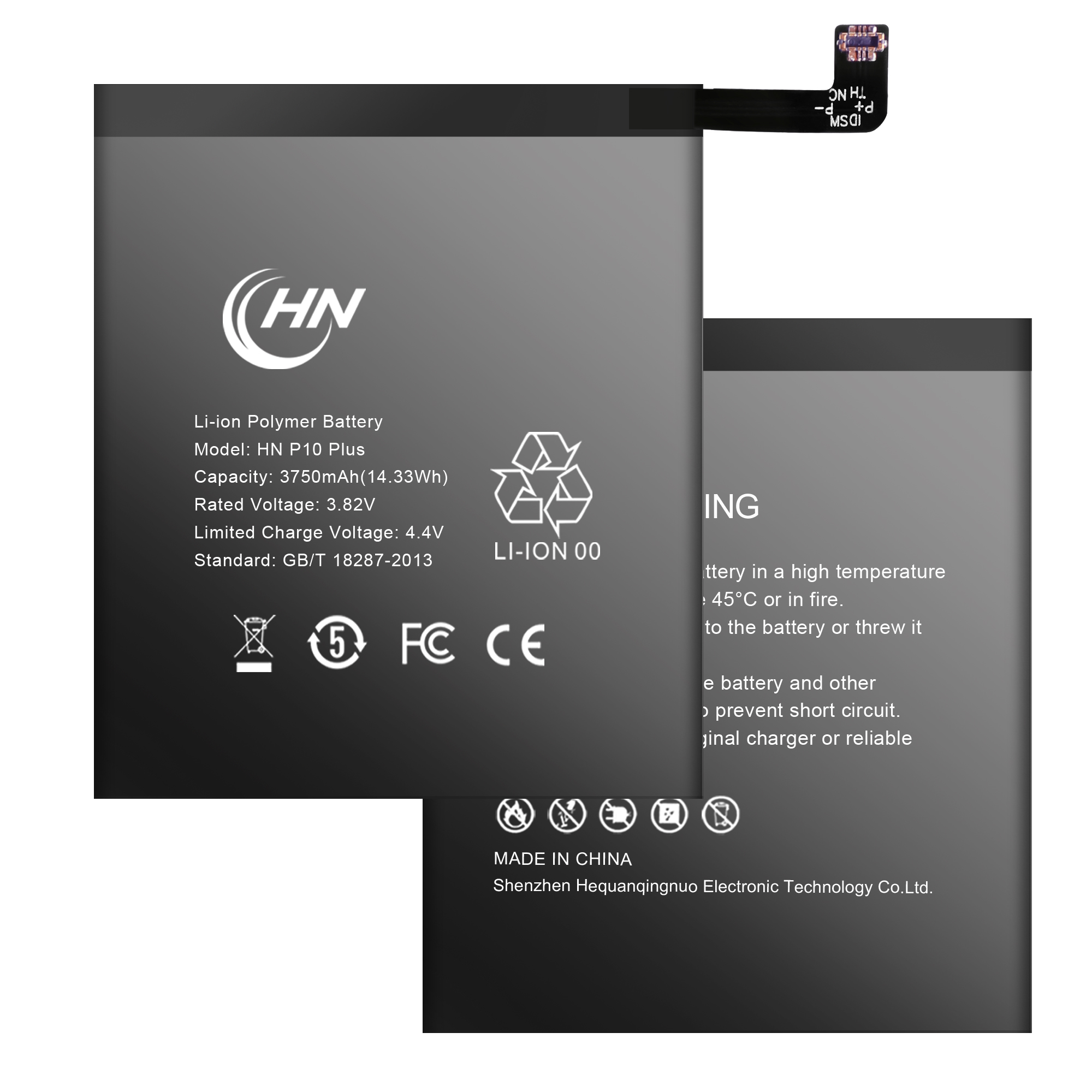The radios provided by SDR can be dynamically programmed to support different waveform standards, provide new features, improve system performance, and support new services. The current promoters of SDR development are mainly the U.S. military. They hope to implement the basic JTRS (Next Generation Communication System) on SDR. The SDR will allow soldiers to communicate on a variety of communication systems, and simply emulate the functionality of any radio by adding software. At the same time, an open and interoperable framework, in particular a framework defined by the Software Communication Architecture (SCA), can significantly reduce the cost of designing, deploying, and maintaining future radios. From the current point of view, due to the low-cost advantages of SDR, many commercial wireless device manufacturers have gradually adopted the SDR architecture.
As an important branch of the JTRS project, SCA provides an open architecture framework that defines how to achieve interoperability between various hardware and software. SCA also proposes a core framework (CF) designed to provide interoperability between different waveforms (similar to GSM and 802.11 standards, etc.). These waveforms are used as software applications for commercial use and can be downloaded to any support SCA. Standard radio equipment.
Increased development complexity
Almost every major advancement in communications technology presents great challenges to software and hardware design engineers, and SDR is no exception. Leading weapons contractors, electronic component suppliers, and system integrators are currently developing next-generation SDRs and promise that the new SDR will enable wireless communications to change their face. Various wireless devices will be able to interoperate and new features will be added. Software download to achieve.
Communication between a wireless system and any waveform through a software program running on more flexible hardware will be a major design challenge. In today's military or commercial wireless platforms, hardware is optimized for waveforms, and in particular, the RF part is optimized for the narrow bands at which the radio operates. Moving from a dedicated design to a universal design will inevitably adversely affect the system's real-time performance, power consumption, and size.
Disadvantages of traditional design methods
So far, most SDR design engineers have been using traditional design methods: the specification defined by the system architect is refined into documents, used to guide the project team focused on the field of signal processing or RF engineering, and then these teams define the hardware , designing circuits, writing software, running simulations, testing and generating large amounts of data that are used to verify that the final implementation results meet the specification requirements.
An important problem with this approach is that many errors are often detected when all modules in the prototype phase can be tested together. If the prototype of the product does not meet the specification, the design engineer must determine whether the problem is due to system requirements, simulation models, interfaces, or target processors. Because the cost of solving problems increases as the design scale increases, problems with the target processor will rapidly increase development costs.
Key challenges for waveform portability
Although these challenges are not easy to solve, they are less difficult to meet than the requirements of multi-target development. Each major development project must consider various hardware options, including general-purpose processors (GPPs), DSPs, and FPGAs, and the choice of hardware is often not determined until the development process reaches a certain stage. Even if the hardware has been selected, design engineers must be prepared for hardware upgrades and form factor changes in order to completely change the direction of development, such as from DSP to FPGA. The traditional development method is associated with a specific hardware architecture, so in order to implement a new hardware platform, it must be restarted from the technical specification.
Recognizing the limitations of traditional design methods, the JTRS Joint Project Office proposed a new design approach. In this method, the waveform specification is defined in an executable IIM (not related to the hardware specification) and one or more executable ISMs (related to the hardware specification). This approach has three advantages: First, the IIM and ISM are single, clear, executable waveform specifications that can be shared among teams, departments, and contractors; second, they provide a high-level design perspective for system implementation. Level of analysis and tradeoffs, and discover potential design and implementation errors; finally, they can reduce the cost of porting waveforms from one radio to another, while also supporting performance analysis, demand analysis tracking, and high-performance waveform design .
The IIM contains information that can be used to define, characterize, and verify the behavior of the waveform. The waveform behavior can be verified and tracked to meet the requirements in the waveform requirements document. Waveform signal flow, control flow, and networking methods can be defined using waveform subsystem boundaries, subsystem jitter, delay and timing requirements, subsystem processing requirements, and signal port sampling times. The executable IIM provides a test bench to verify that waveform function modules or systems meet system requirements and verify their performance.
On the other hand, ISM reflects the details of the expected implementation when it is ported to a specific radio architecture. The model contains more information about allocating processing elements to various processor resources, which allows design engineers to understand the implementation in detail. It also includes a model of the target processor's execution time, latency, memory, and queue size, which allows waveform design engineers and subsequent migrations to understand the impact of resource changes at the system level, such as: throughput, jitter, Delay, memory consumption, DC power, and real-time performance.
Model-based design makes IIM and ISM a reality
Proven model-based design techniques include the IIM and ISM concepts. Unlike the text-based approach (which relies on the interpretation of a constantly changing design specification file), the model-based design is based on the creation of a block diagram executable specification. Executable specifications can eliminate design uncertainty and enable communication between the entire organization and customers, contractors, and suppliers. With a model-based design, algorithm engineers, RF design engineers, software and hardware design engineers, and other development teams can collaborate to make design trade-offs and evaluate scenarios to improve system performance and reduce costs.
The waveform's executable specification is initially defined at a high level, using pre-built elements and advanced algorithms, and includes other programmable languages ​​such as C, C++, Fortran, MATLAB, or HDL code. Then, this specification is executed to determine the performance that the algorithm or component in the current model can provide. By performing system-level simulations at different states, parameter values, and input conditions, design engineers can quickly identify, isolate, and repair system design problems. By adding, subtracting, or moving modules, or changing parameters and immediately assessing the impact of these changes, design engineers can quickly modify the design.
By simply changing parameters, design engineers can evaluate the impact from floating-point models (usually used early in the design) to fixed-point models. Fixed-point models are often used during hardware implementation to reduce system size, memory, and power consumption.
In a text-based approach, the implementation of different components (whether hardware or software) is usually manually recoded, a process that is not only time-consuming but also error-prone. The model-based design includes two models, IIM and ISM. The former consists of hardware-independent functional modules, and the latter consists of modules optimized for specific hardware. As the development process evolves from the development of the specification phase to the design, implementation, and validation of the overall system and the testing, the content of the model is more and more detailed, but it is always a single and clear representation of the system throughout the process.
While protecting design intellectual property, this model can be used to automatically generate code that can be used by many hardware platforms, including C code for GPP, C code and assembly code for DSP, and HDL for FPGAs. Code. The generation of automatic code can provide a coding standard for the generated code because the same construction can be used in each implementation. This approach eliminates manual coding errors and limits the potential for errors between the emulated code and the actual embedded code. Since the code can directly follow the simulation, errors must occur during the execution of the interface or real-time constraints. Because these models were developed independently of embedded hardware, it can be easily ported to other platforms and reused in later systems.
Integrating test functionality into the model throughout the development process ensures design quality. Each model has a set of test vectors, and each release has a baseline of the test results. Continuous verification and validation help to find problems earlier, so that the solution is simpler and less costly. System-level models developed by system architects can be used in future design processes to validate the design from the system's point of view, in combination with actual simulation or test data.
This article summary
In the development methods required to implement SDR, model-based design is the key. It supports automatic code generation and code portability on different hardware, software, and SCA core framework platforms. By building executable specifications, the IIM and ISM models, and maintaining the traceability of the original waveform specifications, and ensuring continuous verification throughout the development process, model-based design methods can make the SDR development process simpler and more efficient. Using this method to design and deploy SDR is simpler and more robust than traditional methods, thereby improving the performance and reliability of SDR systems and reducing design costs.
Huawei P10 Battery perfectly matches Huawei P10 mobile, it`s ceramic membrane and gel technology makes the Phone Battery over 500 cycle times,each Huawei Battery gets through extreme quality inspection before out of factory,we have four times of checking from material test,technical test,half end test to end product test.We promise 1 year of warranty and free maintenance will be effected except artificial damage,At present we have many series for Huawei Battery such as Huawei Mate 9 Battery, Huawei Mate 10 Battery, Huawei P9 Battery ,Huawei P9 Plus Battery,Huawei P10 Battery,Huawei P10 Plus Battery, Huawei P20 Battery ,and more series will be updated according to huawei new mobiles.


Huawei P10 Battery
Huawei Mate P10 Battery ,Mate P10 Battery,Battery For Huawei Mate P10,Huawei P10 Battery
Shenzhen Hequanqingnuo Electronic Technology Co., Ltd. , https://www.hqqnbattery.com